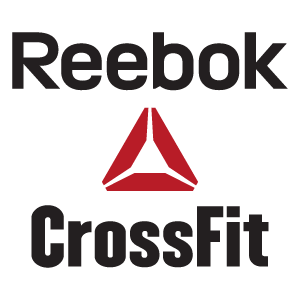“Oh, that terrifies me. I couldn’t ever do that.”
Recently, a patient said those words during a session in which we were setting goals for the new year. She was focused on health — diet, stress-reduction, and increased physical activity — and I brought up the idea of group exercise. Specifically, exploring CrossFit. Her reaction didn’t surprise me.
About a year before, I gave a talk at a local medical center about exercise and anxiety reduction. To prepare, I wanted to understand what prevented people from exercising in the first place, so I asked around about what people felt stood in their way. I’d suspected people would say that they were too busy, or that the weather was a factor, or even that they couldn’t afford a CrossFit membership. Those reasons almost never came up. What an unexpected majority told me was that they were afraid of looking silly.
Social anxiety stymies people in many ways. It keeps them from following career paths or pursing dating relationships, and halts the exploration of socially related life opportunities. It also prevents people from entering many exercise settings.
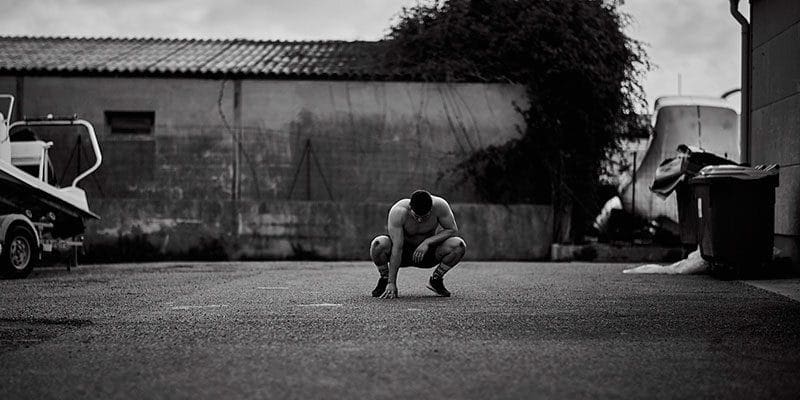
The terrible paradox here, as any athlete will tell you, is how effectively exercise diminishes anxiety. Frequent exercisers often describe feeling “edgy” or “tense” after skipping only a few days of physical activity.
In clinical work, I like to “prescribe” group exercise, and CrossFit in particular, for a specific reason: Because it’s socially facilitated, exercise is more likely to occur when a person is part of a collective — if they can overcome the anxiety associated with starting out. Often, people fail to reach their fitness goals when they try to go it alone. Getting a workout in sometimes means going against what we immediately feel like doing, particularly early in the morning. Whether it’s belonging to a CrossFit Box or a running club, group exercisers often admit that knowing that people are waiting on them gets them out of bed. When we’re accountable only to ourselves, it’s too easy to make excuses.
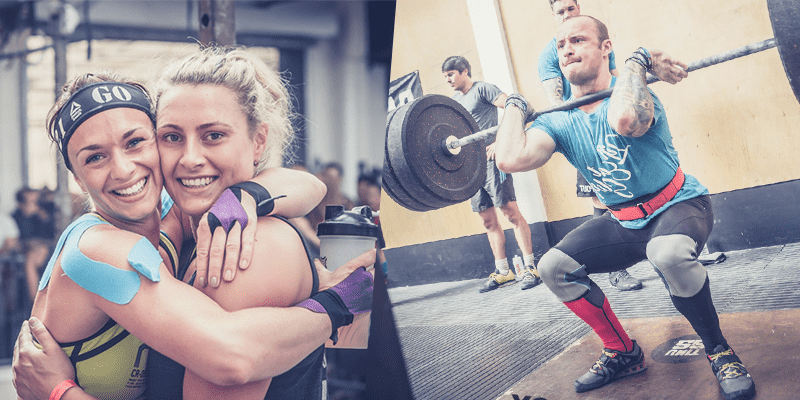
I often encourage my patients to consider exercising in a group for broader reasons as well. Mainly because modern lifestyles erode the circumstances of healthy community-based living. Our success, in many ways, creates distress. So often, my patients complain of depression and anxiety that are really the natural consequences of isolation. Those that are “really” successful “get” to work from home, where they see few other people throughout the day. And much of that time is spent hunched down, staring at a screen. Unless you’re one of the few people who’s naturally inclined toward being a hermit, this is not healthy living.
As a cardiologist friend of mine once told me, only half of the heart-benefits from group exercise come from the exercise itself. The other half are created as an organic sense of well-being that comes from time spent with friends.
So why all this anxiety? What’s to worry about?
Some fears stem from negative experiences with exercise in the past. More than one patient has described feeling “traumatized” by grade-school PE classes, in which they felt left behind and out of place. Feelings stick with us, and avoidance is born from a sense of not wanting to be hurt by the same thing a second (or third) time. If PE class burned us (no matter how long ago), we go forward steering clear of anything that resembles it.
Other fears come from body-image concerns. Patients often describe not wanting to appear fat, or out of shape, especially in the company of fit, athletic people. Who would? None of us want to suffer from a negative social comparison. Feeling like we’re the “only” or the “worst among” is depressing, and a pretty powerful deterrent.
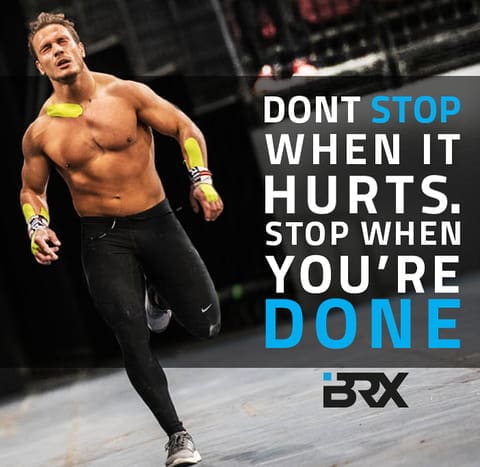
Another set of fears centers around ineptitude. Basically, people don’t want to appear to be a novice who’s out of place. They say things like, “I’m not in shape. Maybe once I get in shape, I’ll look into it.”
If only if worked that way.
Self-confidence grows from doing hard things. A person doesn’t find confidence within themselves and then rise to challenges. Confidence comes when we do things we’re no good at, then get better at them. Then, we get to feel confident.
So, how do we start to get a handle on the problem?
A few ideas:
Tip 1: Reduce the Uncertainty
Solving any problem starts with recognizing it and making up our minds that it’s solvable. Uncertainty creates anxiety. Reducing it begins with addressing the way we anticipate events.
Some uncertainty we have to accept — obviously, life can’t be fully predicted. But one way to reduce some of the uncertainty is to become familiar with a particular setting. Gaining some familiarity with a particular Box, prior to a workout, can be very helpful. Taking a tour, learning about the equipment, and talking with trainers about what the workouts will be like can all be helpful.
A common technique in managing public-speaking fears is to rehearse a speech with no audience present in the space where it will later be given. Touring a gym basically applies the same principle. We want to learn as much as we can about what to expect.
Tip 2: Reframe Your Way of Thinking About Trying Something New
If we think of ourselves as being evaluated while trying a new group exercise routine, it’s harder to want to start. Who wants to feel scrutinized?
The best mindset in the beginning is one of experimentation. We’re just trying something new, that’s all. If the experiment doesn’t yield positive results (however you choose to measure those), it doesn’t have to be repeated.
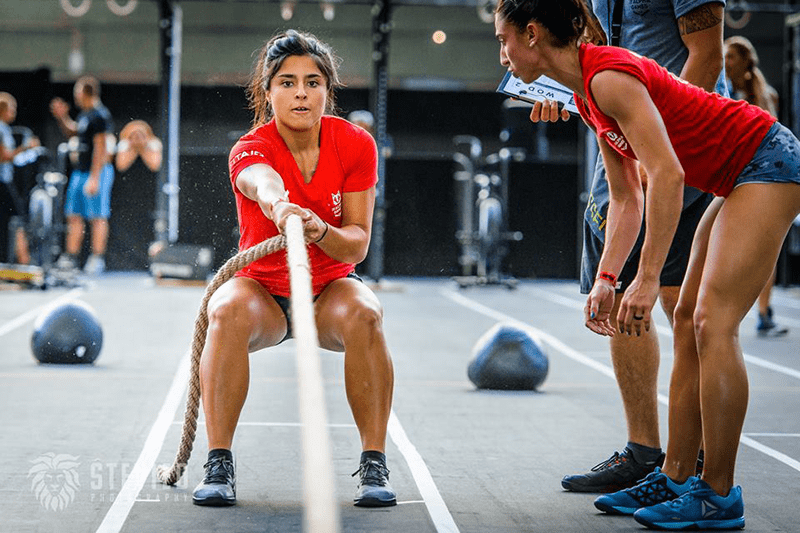
In any experiment, the point is to gain data. If we think of trying something as whether we failed or succeeded in fitting in, we’ll be disappointed. It’s best to think about what we’re doing as learning — acquiring information about a new place, new people, new skills. After that learning takes place, we’ll be better positioned to make decisions about how to proceed.
We want to stop thinking of ourselves as the ones being evaluated, and start thinking of ourselves as the ones doing the evaluating. Not: will the people in this gym like me? But: Will I like this gym?
When it comes to fears about ineptitude, it’s easy to catastrophize the experience of looking like we don’t know what we’re doing. But even under the most challenging circumstances — in situations when we truly look silly — we have to keep in mind that there are no actual consequences.
It’s just awkwardness. That’s all. It won’t hurt us. We have to be careful that we’re not mind-reading the people around us. The most experienced athletes started somewhere, too. And more than likely they’re thinking how great it is that someone new is getting into their sport. There’s probably more empathy than judgement going on beneath the surface of the other patrons.
Don’t be afraid to ask for advice. You’re new. You’re not supposed to know everything yet.
Tip 3: Getting Started is the Hardest Part — Make it Easier on Yourself.
Bring a friend. Chances are, someone you know is just as interested in exploring a new activity. A familiar person’s company will further reduce uncertainty and will add mutual accountability for completing your fitness goals.
Social anxiety fears typically dissolve quickly. The experience of apprehension is very common, and people are almost always relieved after a first session because it turned out not to be awful.
Persevere. More than likely, we’re doing better than we think we are. Even if there’s a rough start, we can’t expect to get better without participating. We get good at what we do, and without doing the routine, we could never expect our skills to increase.
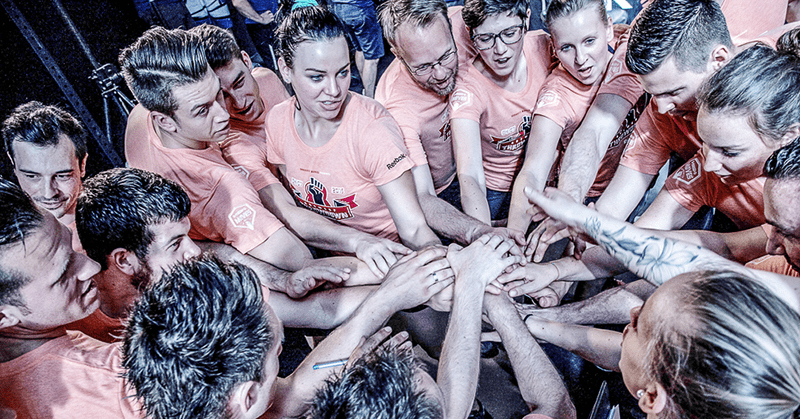
And if it’s awful? Don’t go back. That’s it — that’s the worst case scenario. One factor that increases anxiety is the sense that something unpleasant will be endless. One patient of mine gained confidence by telling himself, “I can do anything for sixty minutes.” After a first session, his anxiety disappeared and he began to feel more and more excited about attending classes.
What athletes refer to as Performance Anxiety can be similarly daunting. Performance anxiety is usually the result of over-thinking the mechanics of an exercise behavior that has already been learned.
There is such a thing as too much thinking, particularly in sports. That’s because optimal athletic performance happens when we’re in a flow state, or in “the zone.” Operating in a flow state requires very little (or no) conscious analysis. The athlete’s sense is one of naturalness, where they don’t pick apart the actions and physics of the movements they’re making. They just do them.
To build confidence, we have to do what we’re not ready for. That’s how it works— the world is run by people who don’t know what they’re doing. Successful people are just the ones willing to do new things.
Safety, it turns out, is the enemy of our growth.
Check out how CrossFit transformed this Games Athlete:
CROSSFIT TRANSFORMATION – Rasmus Andersen On How CrossFit Improves Confidence
crossfit community training wod © Martin Cowie
crossfit competition meme © BOXROX
crossfit girl rope pull to music © Stevie D Photography
Crossfit goals Community together © Sels Photography
The post A Different Type of Strength: How to Beat Social and Performance Anxiety in the Box appeared first on BOXROX.






